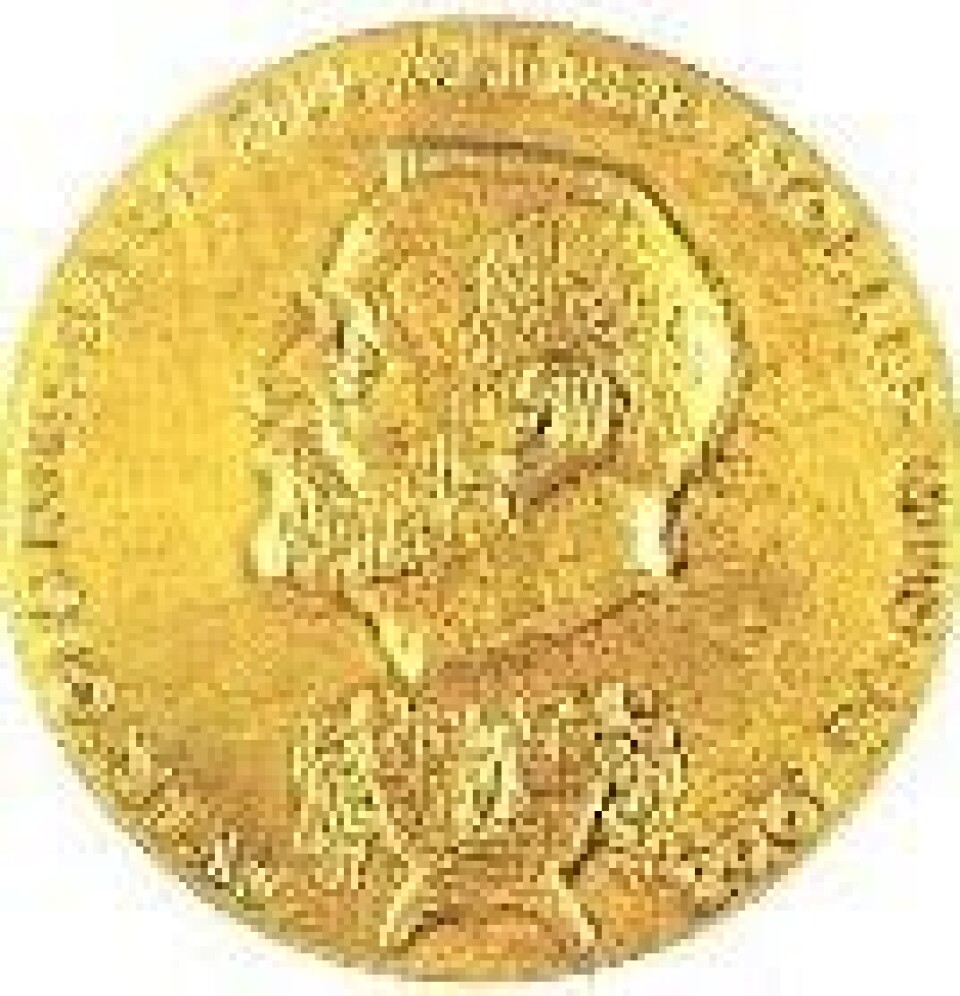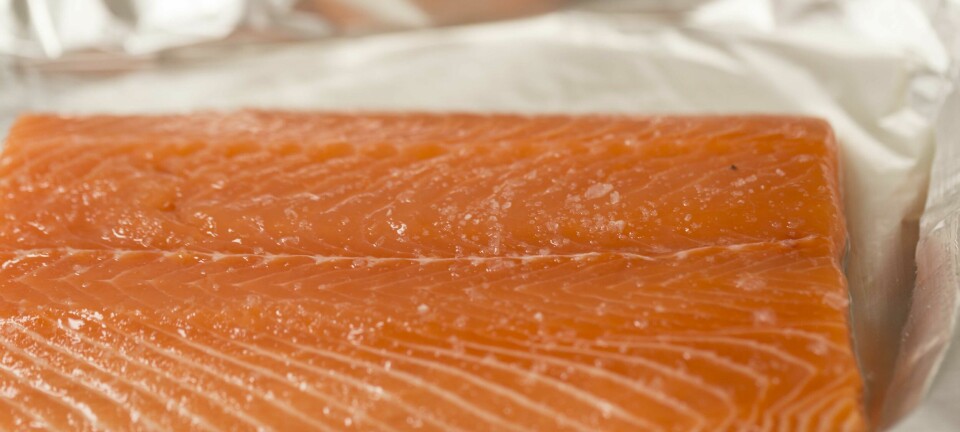
Nobel Prize in Chemistry to jellyfish researchers
USA: Last week the Royal Swedish Academy of Sciences awarded the 2008 Nobel Prize in Chemistry to three US scientists for their work in discovering, isolating, and utilizing a glowing protein in a species of jellyfish called Aequorea victoria. This protein has become a "guiding star" in biochemistry.
The three awarded scientists were Osamu Shimomura, Marine Biological Laboratory (MBL), Woods Hole, Massachusetts, and Boston University Medical School, Massachusetts, Martin Chalfie, Columbia University, New York, and Roger Y. Tsien, University of California, San Diego, California.
This protein is very similar to the CaBP's found in the human nervous system which become depleted in age-related diseases like Alzheimer's. First presented at the Society for Neuroscience meeting in 2006, the jellyfish protein has continued to prove its merits in the laboratory as well as in humans.
Osamu Shimomura first isolated GFP from the jellyfish Aequorea victoria, which drifts with the currents off the west coast of North America. He discovered that this protein glowed bright green under ultraviolet light. He discovered this protein in 1962 when he observed the glowing jellyfish in Puget Sound, Washington. By attaching itself to other biochemical components, scientists have utilized this jellyfish protein to map cellular mechanisms and observe previously invisible processes such as the development of nerve cells in the brain and how cell damage occurs during Alzheimer's disease.
Martin Chalfie demonstrated the value of GFP as a luminous genetic tag for various biological phenomena. In one of his first experiments, he colored six individual cells in the transparent roundworm Caenorhabditis elegans with the aid of GFP.
Roger Y. Tsien contributed to our general understanding of how GFP fluoresces. He also extended the color palette beyond green allowing researchers to give various proteins and cells different colors. This enables scientists to follow several different biological processes at the same time.



















































